HTC Butterfly S Review
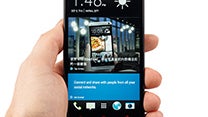
Introduction
Just like a real butterfly, evolving from a caterpillar to moth, the HTC Butterfly has transformed into the Butterfly S, a brand new device by HTC that flew into our office and reminded us of both its predecessor and the HTC One.
The Butterfly S has adopted a lot of the signature features of the HTC One - its UltraPixel camera, its front-facing loud and clear stereo speakers and its latest Sense 5.0 user interface. Plus, HTC has bundled in a whopping 3200mAh battery. However this butterfly comes with plastic wings (or rather body), and lacks the optical image stabilization that are key to HTC One’s appeal. Can it still fly? Or have we mistaken the HTC Butterfly S for a moth while it is still a larva? Let’s find out.

- User Manual
- USB cable
- Wall charger
- Headphones
Design
The Butterfly S is a chubby piece of glossy plastic, nothing in common with the exquisite aluminum or soft touch plastic designs we’ve come to expect from HTC. Yet we would not count the glossy plastic as a huge downside. The material is glazed and polished, and feels very soft and actually good to touch.
Speaking in numbers, the phone is 10.6mm thick and at its large size that thickness gets noticed. The handset weighs 160g (some 5.6 oz), also above the average, but not excruciatingly heavy. Truth be told, it feels larger than we’d like, a bit unwieldy.
Display
The HTC Butterfly S comes with a spacious 5-inch Super LCD3 display with a resolution of 1080 x 1920 pixels. We’re very impressed with it. The screen is extremely sharp and detailed, with a pixel density reaching 441 pixels per inch. You won’t be able to notice none of the annoying jagged icon edges or blurry text.
We love the rich and saturated colors on this display. They are not hugely overblown as on AMOLED screens, but still deliver quite the punch.
The Butterfly S does not have the brightest of screens. Its peak luminance reaches 360 nits and that’s perfectly fine for using the device indoors, but is puts a bit of an extra strain on your eyes when you try to read the display outdoors.
Viewing angles are fabulous. Colors don’t fade out even when you tilt the phone to most extreme angles.
Interface and Functionality
The Butterfly S runs on Android 4.2.2 Jelly Bean with HTC Sense 5.0 with BlinkFeed on top. This is the same skin found on the HTC One with the absolute same features, and the absolute same brilliant buttery smooth performance throughout.
HTC’s Sense 5.0 skin is nothing new - it’s been on devices for nearly half a year now. It features graphite color accents and a streamlined modern look that’s much more serious than the cartoony, slightly childish interfaces on Samsung and LG devices.
After months of using it, we feel more confident in one thing - this skin is not very practical in some areas. Oft used functions are often buried deep in menus and submenus. Try swapping the wallpaper or adjusting the camera settings - simple actions are unnecessarily complicated.
HTC Sense 5 includes BlinkFeed - a news and social aggregator that shows on your home screen as a new panel. You cannot disable it, but you put another panel in the center and leave BlinkFeed aside.
HTC also includes a few home-grown apps like calendar, mail a music player (there’s no dedicated video player app on board), Scribble for taking notes, tasks and a weather application.
Basic functionality is well covered. The phonebook is fairly quick to access and you can swipe between your contacts, call log, favorites and dialpad. You can type on a contact icon to quickly text or call without having to open its file.
Processor and Memory
The Butterfly S is powerful enough to deliver very smooth performance. It is powered by a Qualcomm Snapdragon 600 chip with quad-core Krait 300 processor clocked at 1.9GHz (faster than the 1.7GHz processor on the HTC One) and with 2GB of RAM. Technically, the exact chip inside is the Qualcomm APQ8064T, built on a 28nm manufacturing node. There is almost no difference between this variation of Snapdragon 600 (APQ8064T) and the S4 Pro (APQ8064) found in the HTC Droid DNA - both are 28nm chips made on the same fabrication process, with same L-level caches and the same Adreno 320 GPU. The thing that makes the slight difference is the higher, 1.9GHz clock speed allowed on the Butterfly S.
Now, this is a great device for gaming. The Adreno 320 graphics allows you to play all the latest games at maximum (or close to maximum) details without a hitch - Real Racing 3 and the likes truly shine on the vibrant 5” display.
We ran our standard suite of synthetic benchmark to illustrate just how fast the Butterfly S really is.
| Quadrant Standard | AnTuTu | GFXBench | Vellamo (HTML5 / Metal) | |
| HTC Butterfly S | 13183 | 24682 | 4660 / 41 fps | 2606 / 789 |
| HTC One | 12481 | 23308 | 3551 / 31 fps | 2395 / 781 |
| Samsung Galaxy S4 | 12078 | 24701 | 4437 / 39 fps | 1702 / 704 |
| Sony Xperia Z | 8221 | 20835 | 3382 | 2198 / 626 |
There’s 16GB of internal storage on board the handset, and it’s expandable via hot swappable microSD cards. Some 8GB of that allowance is actually available to the end user, the rest goes to system resources.
Internet and Connectivity
The HTC Butterfly S comes with a home-grown browser and Google’s mobile Chrome out of the box. Both are exceptionally good browsers, but the HTC one has one key advantage - Adobe Flash support. The browser also supports incognito mode, allows you to search for words on the page and easily switch between desktop and mobile versions of websites. You can also save articles to read later and even offline. Unsurprisingly, it all works buttery smooth - pinching to zoom in and out, and scrolling around is snappy.
The Butterfly S comes with 4G LTE connectivity on-board and this enables lightning fast browsing speeds. It also supports Wi-Fi a/b/g/n/ac, Bluetooth 4.0, NFC, DLNA and MHL.
Camera
The HTC One was the first to launch with an UltraPixel camera - a 4-megapixel camera with large pixels, Zoe functionality and optical image stabilization that aimed to deliver good all around images and great low-light shots. The Butterfly S features a similar 4-megapixel f/2.0 module, but stripped off one of its biggest advantages - the optical image stabilization (OIS).
Firing up the camera app is relatively quick and inside you have large separate buttons for capturing image stills and recording video. Unlike other devices from Samsung and LG, HTC lacks the plentiful shooting modes that help newbie users - instead you get live filters adding various Instagram-like effects. The camera supports HDR and burst shots. Digging deeper in the settings, you’d find that the interface is packed with all sorts of adjustable features. In the camera menus, you can tweak white balance, ISO, timer and filters, but all of that is spread in a long tedious vertical list of menus and submenus, and is a struggle to find.
The actual images the Butterfly S turn out okay for casual use, but not great. Color fidelity is more or less fine, but images lack liveliness and colors look on the dull side, subdued. The tonality in images is not artificially overblown, but the big problem is with the level of detail that is underwhelmingly low and you can notice a shocking amount of noise creeping into images even in daylight.
Indoor the handset does well, colors become slightly colder and noise is again very much in the way of good images.
Everything looks much better on video. The camera records footage at 1920 x 1080 pixels and 30 frames per second. Noise is still noticeable even in broad daylight, but colors somehow look livelier and the captured footage looks smooth, with no skipped frames and almost no rolling shutter effect. The continuous auto-focus features is snappy - the handset quickly swaps focus to objects nearby and distant. You can also choose to lock the focus before shooting, it’s not exactly on par with manual focus controls, but it gets close. You can also take 1-megapixel stills while recording video.
The handset records good quality sound while filming.
Just like the HTC One, the Butterfly S features automatic highlight reels in the gallery. If you go into the gallery and select the ‘events’ view from the dropdown on top, you’d see a short 30-second clip with music and transitions, automatically compiled from all the image and videos you’ve captured throughout the day. Neat.
There is a 2.1-megapixel front camera that will come to good use for video conferencing.
Multimedia
The large and vivid 5” 1080p display is a great asset for enjoying video, images on the go, and the loud and clear front stereo speakers delivering excellent rich audio just add to that.
The built-in media player easily opens and plays back almost all file formats with only Divx/Xvid-encoded movies not supported out of the box. There’s a plethora of good media players on Google Play to help fix that (MX Player is one suggestion).
The music player is an HTC creation as well and it shows your library broken down in a neat two-column view with a rectangle for albums, artists, songs and so on.
Call Quality
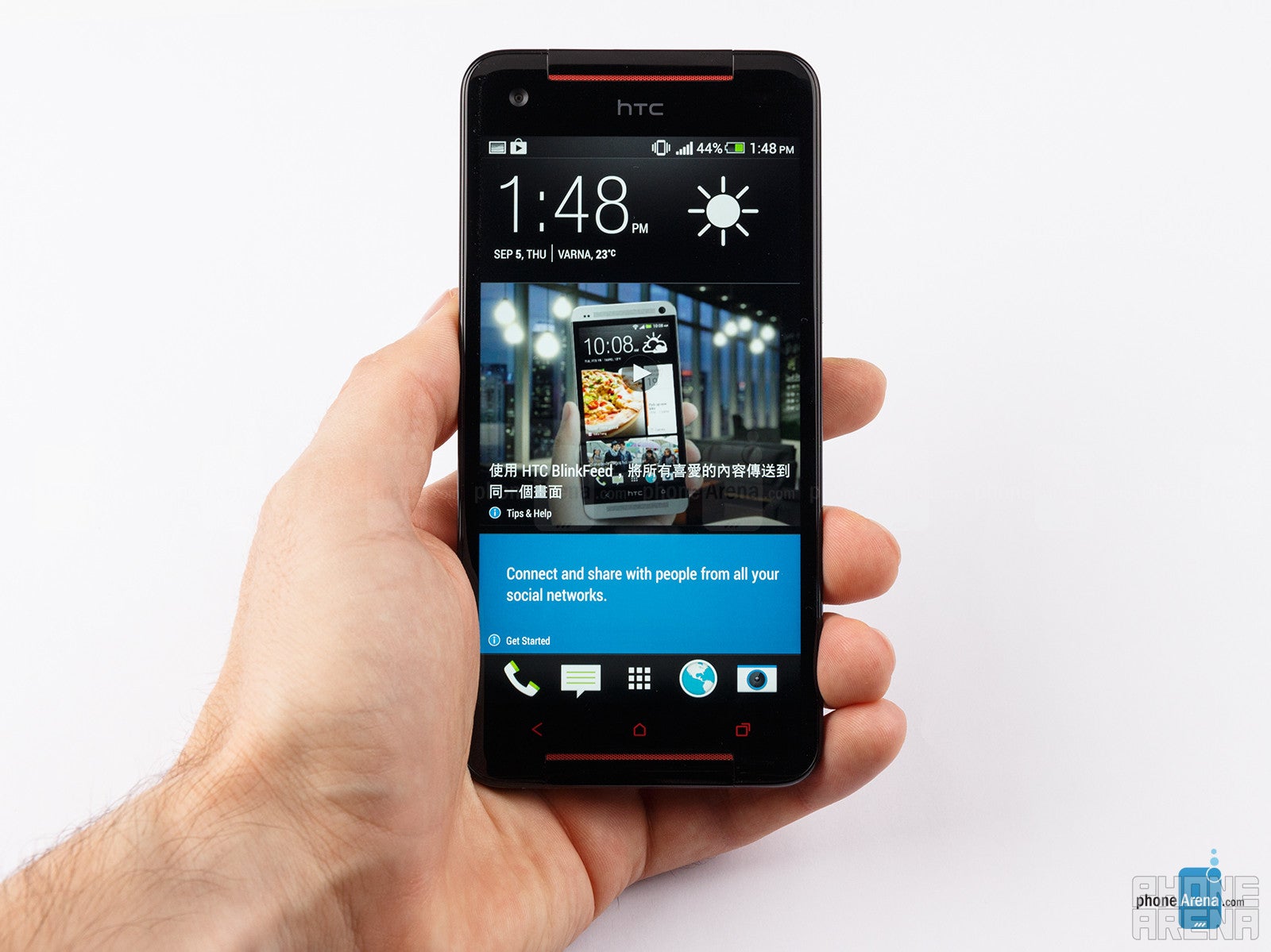
There are two microphones and the handset support noise cancellation. Our callers also reported hearing our voice in its natural tones, loud and clear.
Battery life
The Butterfly S is plain chunky - it’s a large and bulky phone, but you’d be willing to forgive it its size when you learn that it comes with a whopping 3200mAh battery with a quoted talk time of the impressive 29 hours on 2G and 25 hours on 3G. The battery is sealed and is not user replaceable.
In our experience, the Butterfly S would last us two days on average, and even more if you use the device frugally.
Conclusion
The Butterfly S has taken some great features from the HTC One and mixed them up with an amazing long-lasting battery. We love its display, we love its front stereo speakers, we love its longevity.
Then again, it’s not a perfect device. The large battery has taken its toll and the phone itself feels bigger than we’d like, even a bit unwieldy, and the camera shoots underwhelming pictures.
Most puzzlingly, the HTC Butterfly S is available now, at a time when the very similar HTC One is also on sale. Our guess is that HTC just targets a different markets with the Butterfly S. Otherwise, the handset is just as expensive as the HTC One - it’s clearly HTC’s other flagship.
Would we recommend it? We don’t think the Butterfly S is everyone’s cup of tea, but those who crave maximum battery life and a great display, won’t be disappointed.

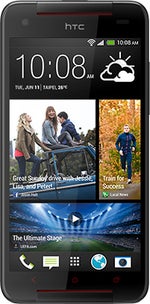
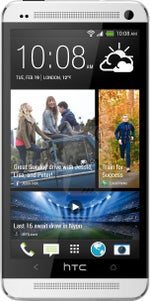
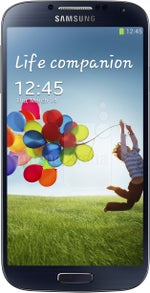
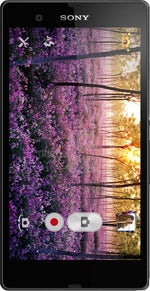














Things that are NOT allowed: